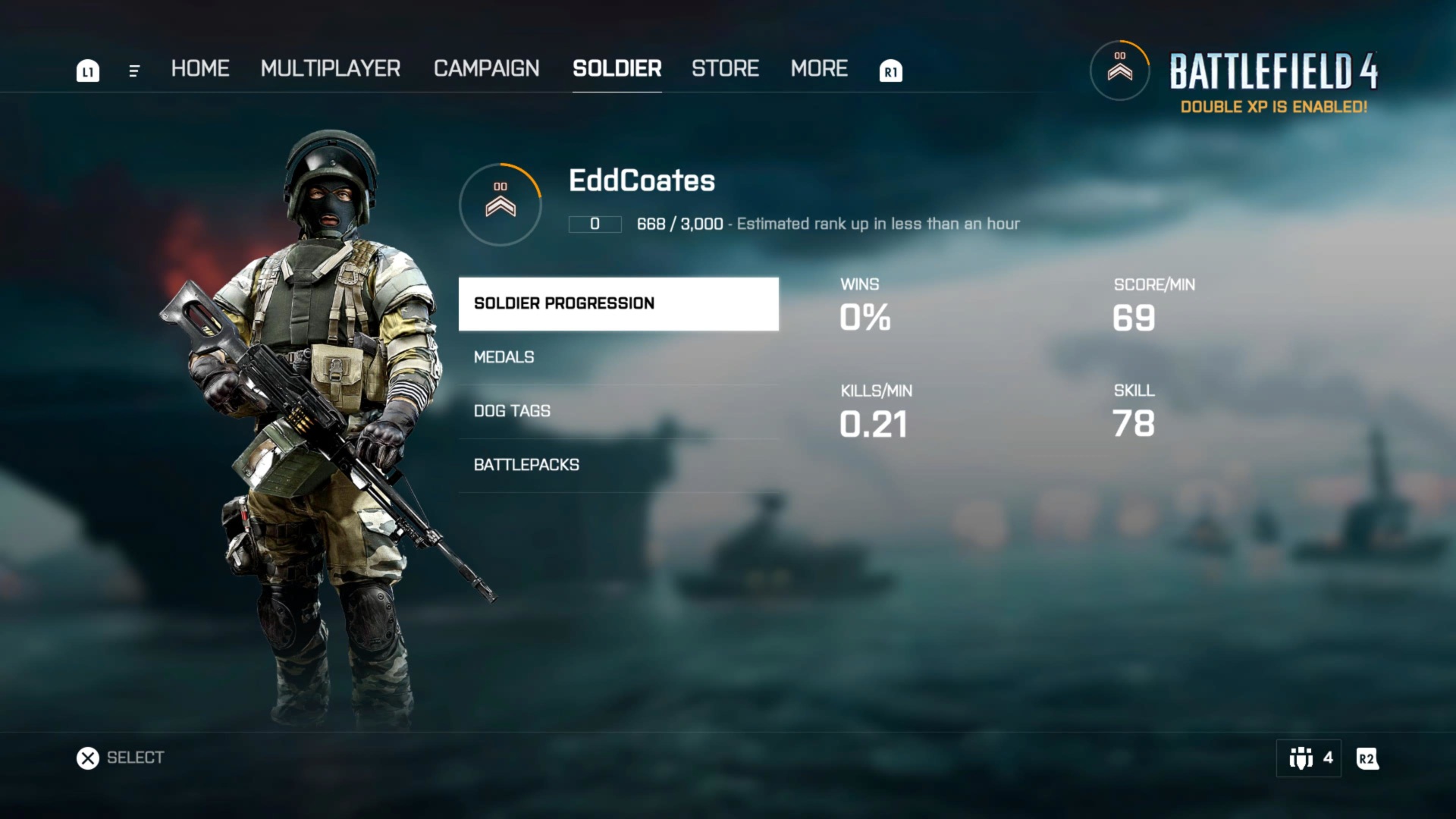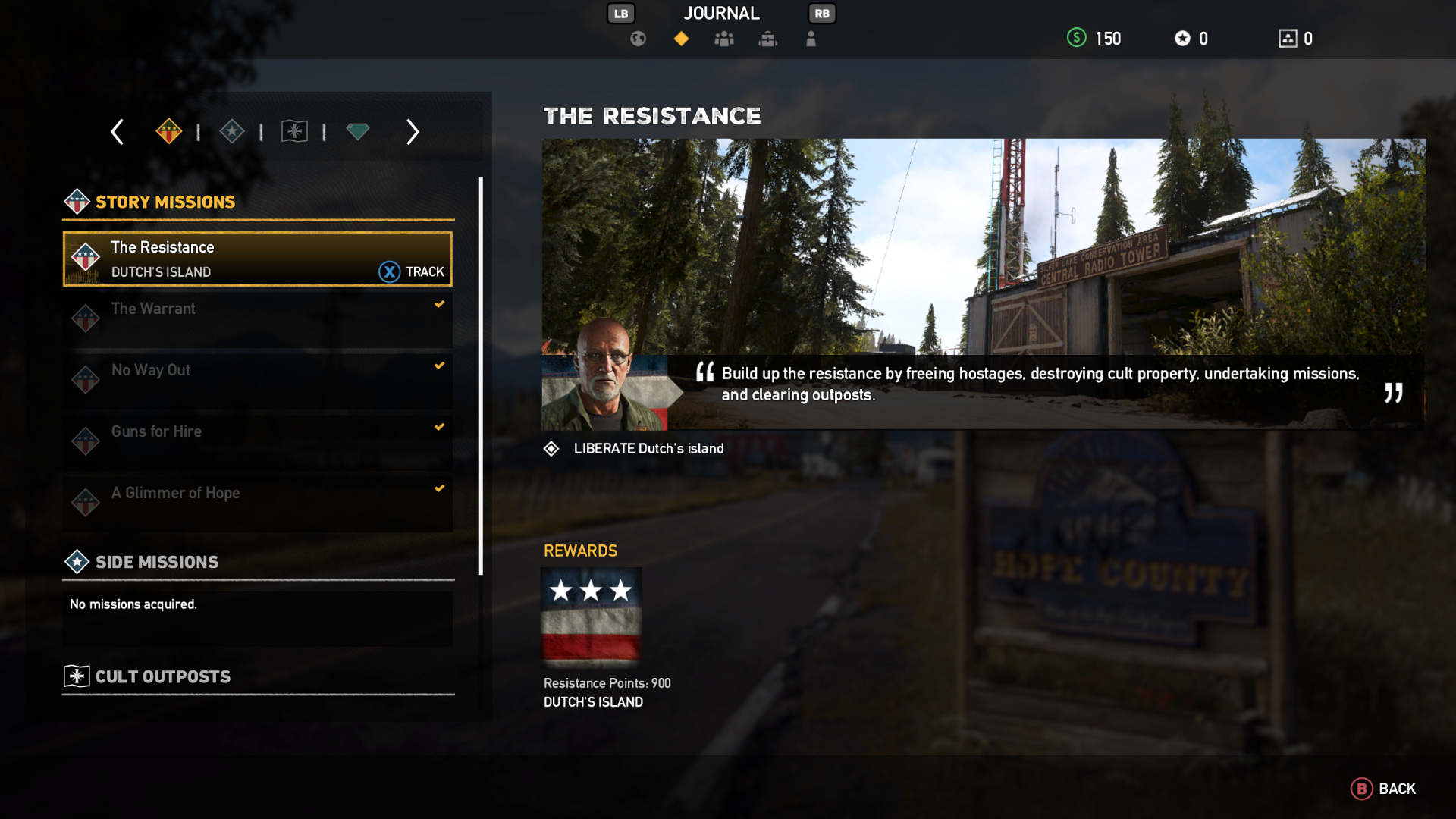

On Low setting, the level of quality for related effects is below-consoles setting, Medium being an exact match to consoles, while High setting adding additional Relief Mapping (technique allowing more accurate rendering of 3D surfaces). It impacts the constancy of various visual effects, such as lighting, shading, subsurface light transport, etc. The difference in FPS between minimal and maximum settings is subtle.

Recommended keeping as high as possible due to the impact it may have on player's ability to aim at the enemy's head. The level of detail setting changes geometric details of objects, which impacts mainly the shape of objects in the distance. Texture filtering has minimal impact on FPS unless you use a "High" Shading setting. This setting affects the sharpness of textures, primarily: in long-distance, on the sides of the screen, and oblique angle. Ultra textures are available only after installing an additional "Ultra HD texture pack" DLC (Free) pack from Uplay.

Having this setting on low makes R6 Siege significantly less appealing, but does not impact tracking, nor spotting capabilities. From a quality point of view, differences between Low-Med-High are most striking, with settings above High being less apparent. Texture's setting impact on FPS can be substantial, with the most noticeable difference between Low-Medium. Ubisoft offers the following options, with suggested VRAM setup for graphic cards: Ultra - 6GB VRAM Very High - 4GB VRAM High - 3GB VRAM Medium - 2GB VRAM Low - 1GB VRAM. This setting indicates the excellence of textures for every element in the R6 Siege game.


 0 kommentar(er)
0 kommentar(er)
